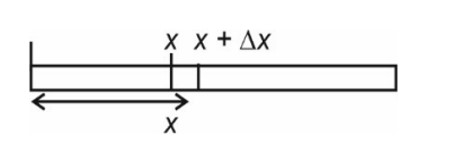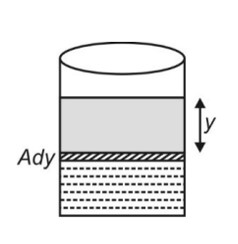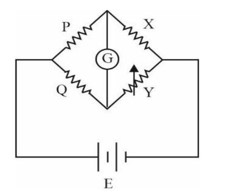Physics Mechanical Properties of Solids
Get insights from 60 questions on Physics Mechanical Properties of Solids, answered by students, alumni, and experts. You may also ask and answer any question you like about Physics Mechanical Properties of Solids
Follow Ask QuestionQuestions
Discussions
Active Users
Followers
New answer posted
2 months agoContributor-Level 10
This refers to the highest limit of pressure which the body can tolerate in order to regain its original shape after removing the pressure. If the pressure exceeds the elastic limit, the body will never be able to regain its original shape agian. example: rubber stretching.
New answer posted
2 months agoContributor-Level 10
This is the case of fluids or gases. In such scenarios, the material does not have any limit to its flexibility and can be deformed to any extent. Such materials do not possess any stiffness and cannot regain their original form as they show no resistance towards any kind of pressure.
New answer posted
2 months agoContributor-Level 10
A diamond crystal with young modulus of more than 1050 Gpa is known to be the element which has the highest elastic moduli found in nature. This is possible due to the high electron density as well as strong covalent bonds between the carbon atoms.
New answer posted
2 months agoContributor-Level 10
If is Poisson's ratio,
Y = 3K (1 - 2 ) ……… (1)
and Y = 2 ……… (2)
With the help of equations (1) and (2), we can write
New answer posted
2 months agoContributor-Level 10
If
Y = 3K (1 - 2
and Y = 2
With the help of equations (1) and (2), we can write
New answer posted
2 months agoContributor-Level 10
dm = (m/L)dx
∴ T = (mω²/2L) (L² - x²)
∴ ΔL = ∫? (mω²/2Lπr²Y) (L² - x²)dx
= ΔL = mω²L²/3πr²Y
New answer posted
2 months agoContributor-Level 9
Resistance of P & Q should be approximately equal as it decreases error in experiment.
Taking an Exam? Selecting a College?
Get authentic answers from experts, students and alumni that you won't find anywhere else
Sign Up on ShikshaOn Shiksha, get access to
- 65k Colleges
- 1.2k Exams
- 679k Reviews
- 1800k Answers



